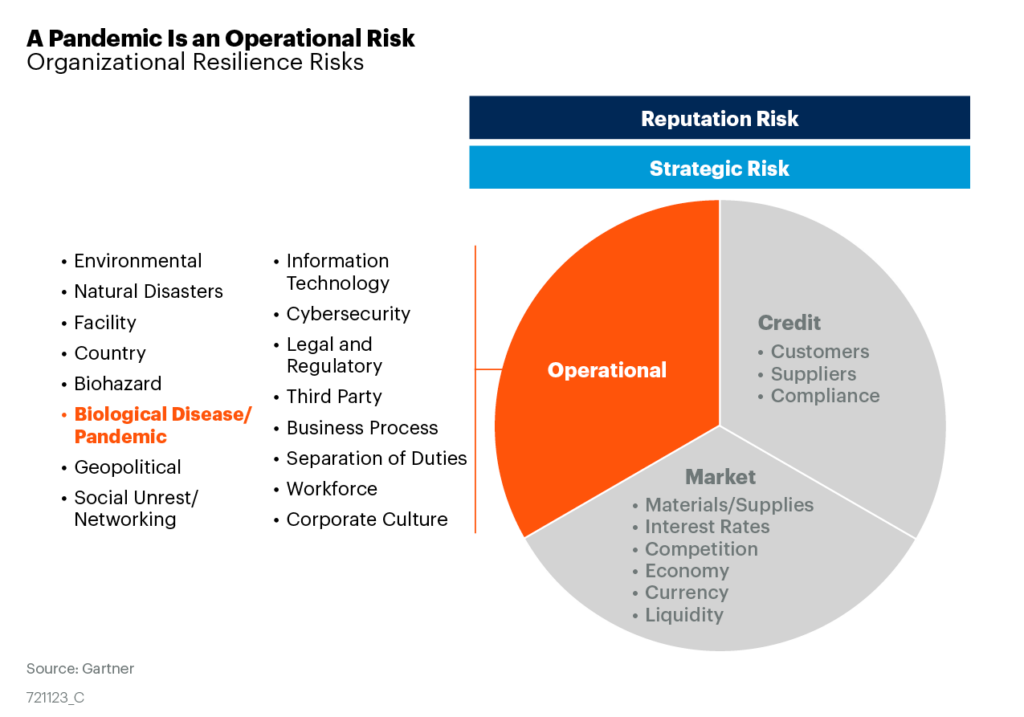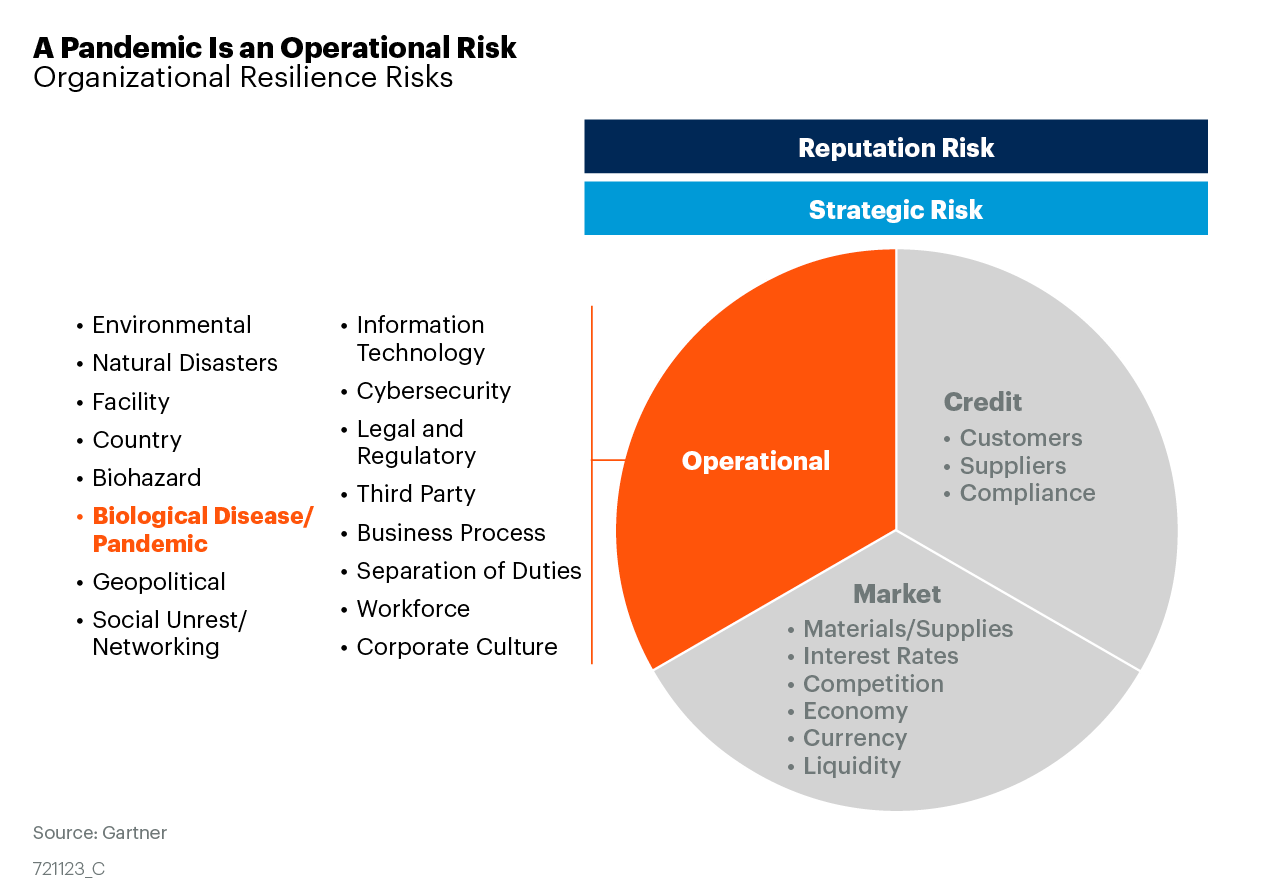Last week I was listening to Michael Krigsman’s “CXO Talk” podcast with Quikcrete CIO Jay Ferro. There are a number of risks and opportunities for technology leadership pre-&-post COVID-19.
MY TAKEAWAYS
RISKS

OPPORTUNITIES
- NEW C-SUITE: During all business interruptions – CIO’s lead from the front. COVID-19 has created a level of respect & a level of awareness for the CIO that can not be squandered.
- VIRTUALIZE EVERYONE: Enable remote work/work-from-home. The Virtual workforce may be the “new normal”. As millions of workers are shifting to remote work, the cloud has enabled business continuity, agility, and response.
- E-COMMERCE IS THE BUSINESS: Scaling-up supply chain and customer servicing online is key to success now and for enterprise success post-crisis.
- AUTOMATION NOW: Fast-track delivery of process improvement. Make the technology investment in fundamentals during “peacetime” with a continuous improvement mindset.
- BEYOND THE FIREWALL: Critical to focus cybersecurity efforts on-premise, but third-party off-premise cloud systems and at-home-security as enterprises become more dependent on a virtual workforce.
- DATA-PRIVACY-at-SCALE: Like cyber-security, regulatory compliance for data privacy will extend outside of the firewall. Data definitions and categorization will be essential in order to adhere to regulatory requirements. That will, of course, change too if contact-tracing becomes a reality at-scale. Watch this area closely as it may carry a lot of risk, expertise, and resources.
FULL SUMMARY
Last week I was listening to Michael Krigsman’s “CXO Talk” podcast, and he was discussing crisis preparation and handling with Quikcrete CIO Jay Ferro in an episode called “Pandemic Response.” They explained how COVID-19 has changed the course of everything with widespread impact, touching all aspects of businesses’ reality and introducing volatility and uncertainty.
Krigsman’s conversation with Ferro focuses on the role of the CIO and IT department in the midst of disruption, in addition to how to prepare for future scenarios by investing in technology and maximizing opportunities to embrace IT fundamentals. It all comes down to execution and everyone loves a winner, says Ferro. Execution, delivery, and communicating with transparency, are all examples of leading from the front and deflecting heat away from the IT team so that they can focus on serving customers. During good times, leaders can lead from behind.
It is important to reach across the aisle and understand others’ world when it comes to creating technology solutions to help the frontlines. This includes visiting remote locations, doing ride-along, and asking “day-in-the-life” questions to understand how to make IT of better service and value to every team member within the organization. With IT taking a business-focused approach, each person is empowered to do their job well from anywhere with safety and security.
Because so many people are now working from home, remote work represents the beginning of a cultural shift. Workflow is all over the place when employees are home/sheltering in, which presents a bigger degree of challenge. The cloud has helped with agility and response — not physically bound by a data center, the cloud supports a distributed workforce and protects many organizations by ensuring that business continuity continues.
However, the cloud is no silver bullet and it needs to be in place ahead of time (i.e., it’s not a “lift and shift”). This is a time when good IT fundamentals shine. Transformation is found in the enablers like software rationalization, simplification of business processes, paying off technical, and more. These are best handled in “peacetime” and put in as fundamental building blocks so that organizations are more prepared for crises. By embracing a continuous improvement mindset, businesses are in a better position than legacy positions.
What’s next after COVID-19? We can’t rest on short term memory, says Ferro. There is an opportunity to learn from this as leaders and to inform decision-making moving forward. This opportunity comes with an exploration of how businesses are framing a new way to work, to communicate, and to collaborate. And when the immediate threat of a pandemic has passed, the standard operating procedures will be vastly improved.
Calmer times also require a great deal of preemptive planning and strategy. One exercise Ferro recommends is to map out scenarios – worst, middle, best – to understand IT’s role. Do the fundamentals to reap the benefit down the road during tough times. Ferro cites anecdotal wisdom, “We don’t know how bad it’s going to be, but we’re prepared for the worst.”
With a progressive work-from-home strategy, as many are being forced to adopt, the world is going to continue on. People will by-and-large continue to produce, and we are all part of the paradigm shift. It is incumbent on IT leaders to always be thinking a step ahead, like the next generation that is finishing their schooling with virtual/remote learning.
The technology investment should be made with workforce training and readiness. This is where the CIO needs to be a business leader first, partnering across with leaders across the organization to collaborate with no daylight between peers and themselves. IT should be accountable to deliverables and have a communications and training plan in place to get people up to speed on remote and new technologies, further fostering important dialogue. Armed with data and a technology-empowered workforce, CIOs can show confidence and bring options and alternatives to the head of the company. It is an opportunity to continuously find opportunities to improve, and opportunity is action and execution.











